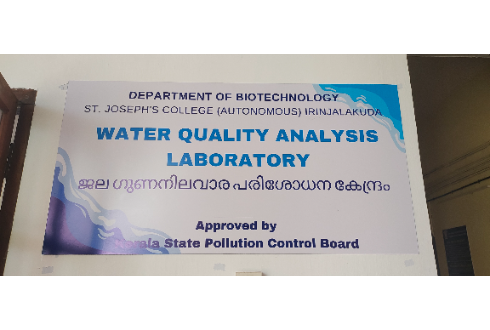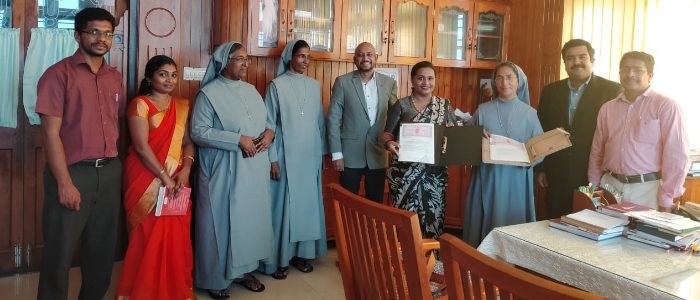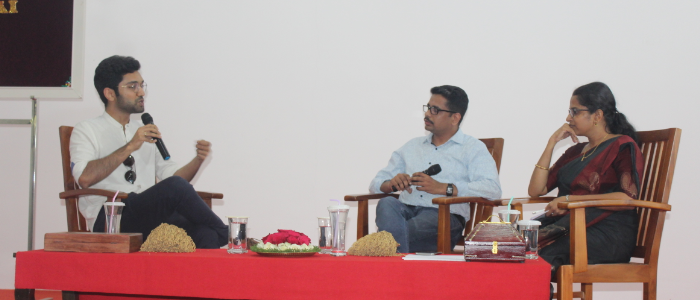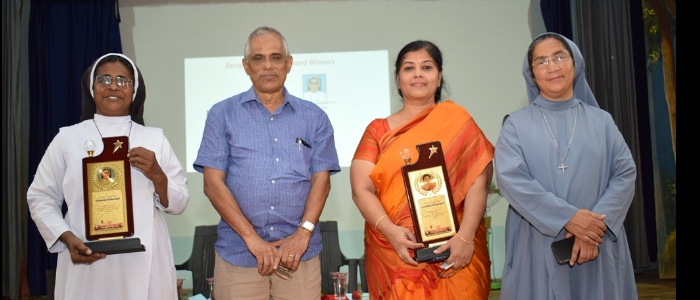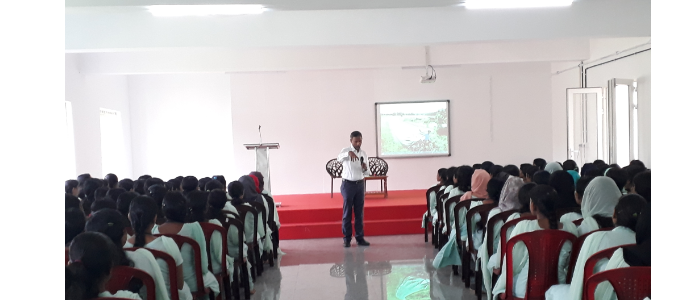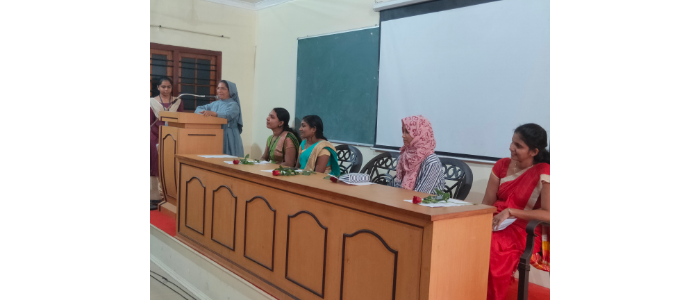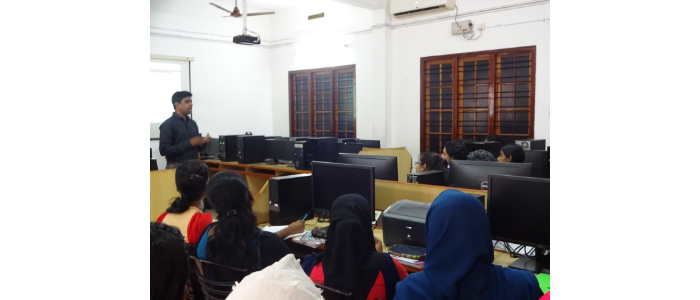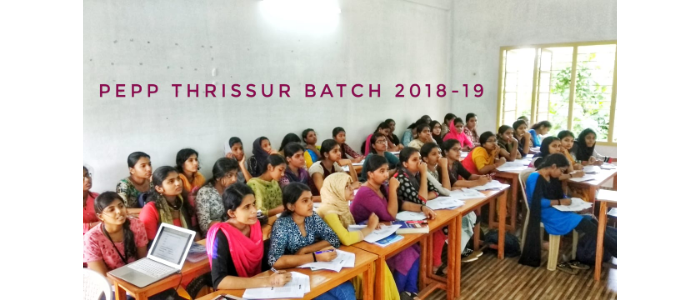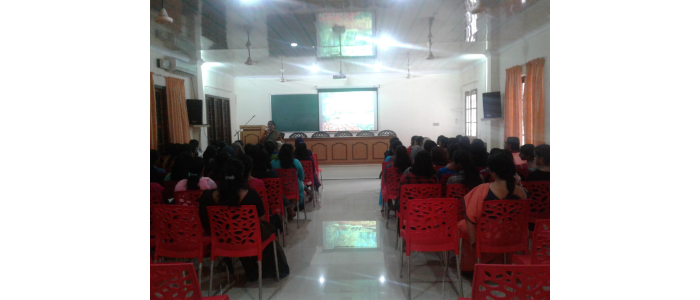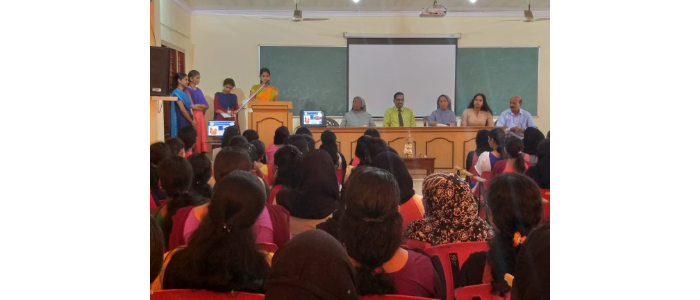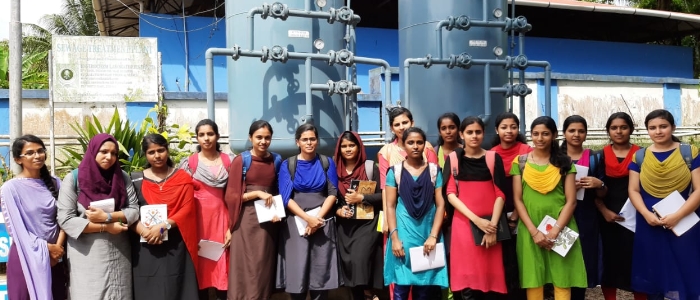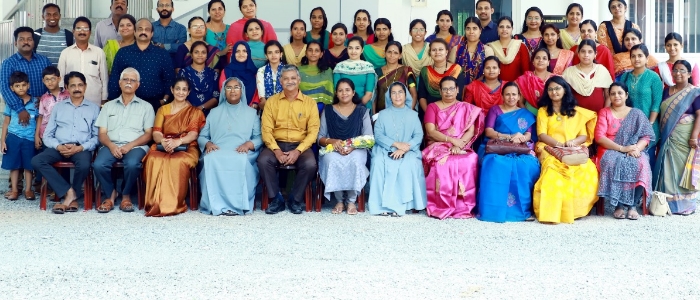Understanding Water Quality
Water is a fundamental necessity for life, and its quality plays a pivotal role in human health and well-being. The assurance of safe drinking water is essential to prevent waterborne diseases and maintain overall health. The evaluation of water quality involves the assessment of several parameters that are crucial indicators of its suitability for consumption. Access to clean and safe drinking water is integral to sustaining life and reducing the risk of waterborne illnesses. Contaminated water, with its potential to carry harmful substances, poses severe health risks, leading to various diseases and health complications.
Parameters of water quality
In our meticulous assessments to evaluate water quality, several key parameters are examined to ensure the suitability of water for consumption:
- pH: Measuring the water's acidity or alkalinity on a scale from 0 to 14. Values beyond 6.5 to 8.5 may indicate potential corrosion or an unpleasant taste, impacting its palatability.
- TDS (Total Dissolved Solids): Reflecting the overall concentration of dissolved substances in water. Elevated levels, exceeding the recommended limit of 500 parts per million (ppm) by BIS standards, might denote the presence of minerals, salts, or other impurities, influencing taste and health implications.
- Hardness: Determining the mineral content, primarily calcium and magnesium, contributing to water hardness. Acceptable levels for drinking water are below 200 parts per million (ppm), affecting taste and potential scaling in pipes and appliances.
- Salinity: Reflecting the salt content in water. Higher levels could cause a salty taste and are generally not recommended for drinking purposes due to taste and health impacts.
- Conductivity and Resistivity: Indicating the water's ability to conduct electricity and its resistance, showcasing the presence of dissolved ions.
- COD (Chemical Oxygen Demand): Evaluating the organic pollutant levels in water, setting a benchmark of 200 milligrams per liter (mg/l) for safe drinking water.
- Bacteriological Parameters: Including Total Coliform and E. Coli, acting as indicators of potential contamination, particularly fecal contamination. Safe drinking water ideally should exhibit zero presence of both Total Coliform and E. Coli to ensure its safety for consumption.
Understanding these parameters and their significance is critical in assessing and ensuring the safety and suitability of water for human consumption, indicating potential health risks and the need for corrective actions if these parameters deviate from the recommended limits.
Benchmarks and Acceptable Limits
The benchmarks for these parameters, as per the Bureau of Indian Standards (BIS), are crucial for evaluating the suitability of water for consumption:
Parameter | Recommended Limits |
pH | 6.5 to 8.5 |
TDS (Total Dissolved Solids) | Up to 500 ppm |
Hardness | Up to 200 ppm |
Salinity | As low as possible |
Conductivity | Lower values preferred |
Resistivity | Higher values preferred |
COD (Chemical Oxygen Demand) | Below 200 mg/l |
Total Coliform | 0 (No presence) |
E. Coli (Confirmatory) | 0 (No presence) |
Understanding these benchmarks is crucial in assessing the safety of water and ensuring its suitability for human consumption.
Health Risks and Impact
Water with a pH below 6.5 or above 8.5 may pose health risks. Acidic or alkaline water can potentially corrode pipes and affect taste. Prolonged consumption of water with extreme pH levels may cause gastrointestinal issues. Elevated TDS levels indicate higher mineral content, which might affect the taste of water. Long-term consumption of water with high TDS might lead to mineral imbalances and potential health issues. Higher levels of hardness, primarily due to calcium and magnesium, might cause scaling in pipes and appliances. It doesn't pose direct health risks but can impact the efficiency and longevity of plumbing systems and water-dependent appliances. Water with high salinity might taste salty and could lead to dehydration if consumed regularly. Excessive salinity doesn't directly cause health issues but can affect the water's palatability. Higher COD levels suggest an increased presence of organic pollutants, impacting the water's oxygen-consuming capacity. Prolonged exposure to high COD might lead to health issues and affect aquatic life in water bodies. Presence coli forms indicates potential contamination from various sources. Consuming water containing coliform may lead to gastrointestinal illnesses. E. coli presence is a strong indicator of fecal contamination, signifying potential exposure to harmful pathogens that can cause severe gastrointestinal illnesses and other health complications.
Guidelines for Corrective Actions
pH Correction:
- For pH levels outside the range of 6.5 to 8.5, corrective measures include:
- Soda Ash (Sodium Carbonate): Adding soda ash can help raise the pH if it's too low.
- Sodium Hydroxide: Also known as caustic soda, it can be used to increase pH levels.
- Acid Injection or Neutralizing Filter: These methods can be employed to lower high pH levels.
Treatment for High TDS, Hardness, and COD:
- High TDS (> 500 ppm): Implement water purifiers such as Reverse Osmosis (RO), Ion Exchange, or Activated Carbon Filters to reduce dissolved solids and improve water quality.
- High Hardness (> 200 ppm): Employ RO-UF water purifiers and water softeners to alleviate hardness issues, preventing scale buildup and improving taste.
- High COD (> 200 mg/l): Utilize water treatment methods appropriate for reducing organic pollutants and improving the water's oxygen-demanding capacity.
Addressing the Presence of Coliform and E. Coli:
- Presence of Coliform: Use chlorine, or other disinfection methods to eliminate coliform bacteria from water sources. Boiling water or UV filtration before consumption is strongly advised.
- Presence of E. Coli: Employ boiling water or UV treatment or reliable filtration methods to ensure elimination of E. Coli, as it signifies potential fecal contamination.
Conclusion
Ensuring access to safe and potable drinking water is fundamental for the health and well-being of individuals and communities. Adherence to established water quality standards, as prescribed by organizations such as the Bureau of Indian Standards (BIS) and the World Health Organization (WHO), is crucial. These standards serve as essential benchmarks to evaluate and maintain water quality, safeguarding against potential health risks associated with water contamination. Seeking professional assistance is strongly recommended for the improvement and maintenance of water quality. Trained experts and professionals in the field can provide valuable insights, conduct thorough assessments, and recommend suitable corrective measures and purification methods tailored to specific water quality issues.
Disclaimer: The information provided in this booklet is for educational purposes only and aims to offer general guidance on water quality parameters, corrective measures, and purification methods. It is essential to recognize that water quality can vary based on regional factors and sources. Users are encouraged to seek advice from qualified professionals for tailored recommendations and to adhere to local regulations. The content does not serve as a substitute for individualized expert consultation and is not intended for legal or medicolegal purposes. Users should exercise discretion in applying the information and are responsible for their actions or decisions based on the contents herein. No liability is assumed for the use or misuse of the provided information.
 Admission
Admission


